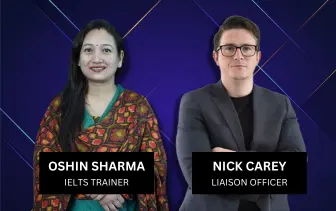
Overview
The thirteen questions in the "Preface to How the Other Half Thinks" IELTS Reading are based on an academic reading passage and must be answered in twenty minutes. If you prepare thoroughly, you will be able to achieve a good score on the IELTS Reading portion. To receive the highest points, you must be familiar with the various questions and how to answer them.
One useful technique for preparing for the reading component of the test is to go over and review sample reading questions from previous IELTS examinations. This will assess your understanding of what you've read and help you become acquainted with the many kinds of questions.
Therefore, through this blog, let's see how easy it is for you to complete the academic section, "Preface to how the other half thinks" in 20 minutes. We have also answered and explained the questions linked to the paragraph in this blog
Preface to How the other half thinks - IELTS Reading Passage
Preface to how the other half thinks
A. Beautiful, beginner-friendly passages can sometimes be found in otherwise challenging musical compositions. Even in maths. Some discoveries in higher mathematics do not require familiarity with any specific branch of mathematics, not even the more common ones like algebra, geometry, and trigonometry. Instead, they may only necessitate some basic math (such as "the sum of two odd numbers is even") and logic. All eight chapters herein serve to demonstrate this phenomenon. The reasoning can be followed by any layperson.
Each chapter's reasoning makes use of no more than elementary mathematics. This way, every reader will have the opportunity to take part in a mathematical experience, enjoy mathematics for its aesthetic value, and become accustomed to the rational yet creative approach taken by mathematicians.
B. One reason I wrote this book was to help those who might not have been exposed to real mathematics before developing an appreciation for mathematical thought. Not only do I wish to share some of the remarkable findings but also the logic that led to them.
This book deviates from the norm of popular mathematics texts in that regard. There are even biographies of eccentric mathematicians. A number of other authors discuss significant mathematical applications. The reader is assumed to be familiar with algebra in works that delve into mathematical techniques.
C. It is my sincere wish that this book will serve as a means toward healing the chasm that exists between the arts and the sciences, or, perhaps more accurately, involving the left (analytical, numerical) and right (intuitive) brain. It will become clear from the chapters that mathematics includes more than just analysis and computation; intuition or intuitive thinking also plays a crucial role. Because we rarely make use of either hemisphere's full potential, the purported gap can be reduced or eliminated in every individual. I use the examples of an artist structural engineer, a mathematician short story writer, an opera singer who published mathematical studies, and a mathematician who published short stories to demonstrate the breadth of human potential.
D. Even though mathematics forms the backbone of other scientists' theories, they often leave it out of texts designed to explain their areas to the general public. Since mathematics is the ideal language for presenting the details in most science, the reader is left a tantalized observer rather than an active participant. This is true whether the topic at hand is the expanding universe, subatomic particles, or chromosomes. When a piece of the physical universe is ultimately grasped, its description often seems like a page in a mathematical manual, even though the broad. An outline of a scientific theory can be sketched intuitively.
E. Even so, even a reader with little background in mathematics can grasp the essentials of mathematical reasoning. In-depth analysis, experimentation, and ideas that are characteristic of the mathematical mode of thought are presented here. These pages will be turned at a far more leisurely pace than a novel or newspaper. Having a pencil and paper handy might be useful for verifying statements and conducting experiments.
Also read: What destroyed the civilisation of easter island - IELTS Reading Answers
F. I designed this book with two audiences in mind: people who liked math up until a bad experience, generally in fifth grade, put them off, and math nerds who will find a lot of fresh material to like. Readers who merely wish to hone their analytical abilities may also find value in this work. Profound, exact analysis is essential in many fields, including law and medicine. Each chapter provides opportunities to follow a well-developed path of reasoning. These two testimonies demonstrate the potential of mathematics to foster this skill:
G. A doctor once wrote that his background in mathematics and its emphasis on analytical thought processes had prepared him well for his studies in medicine. To find a remedy to an issue in medicine, one must first conduct extensive research. Essentially, it's the same as solving a math problem.
A similar statement was made by a successful lawyer, who said, "Despite having no experience in law - not even one political science course - I did well at one of the greatest law schools." Much of my accomplishments there may be attributed to the analytical skills I honed while studying mathematics, and more specifically theorems. In contrast to their peers, lawyers with a mathematical background are better able to understand and apply the law.
I'm hoping you'll take as much pleasure as I do in seeing seemingly straightforward inquiries yield unexpectedly ingenious answers and seemingly theoretical findings find unexpectedly practical uses.
Also Check: What is the IELTS Vocabulary?
Preface to How the other half thinks - Questions and Answers
Questions 1-6
The Reading Passage has seven sections, A-G.
Which section contains the following information?
Write the correct letter, A-G, for questions 1-6 on your answer sheet.
You may use any letter more than once.
-
examples of individuals whose abilities appeared mismatched
-
discussion of the varied mathematical book topics
-
books that assume no prior mathematics experience
-
personal examples of how mathematics has assisted
-
an assertion that the entire book can be read by anybody
-
the manner in which this is not a standard mathematics book
Answer 1: C
Explanation 1: The 6th, 7th, and 8th lines of paragraph C explain how I illustrate the diversity of human potential with the examples of a structural engineer who is also an artist, a mathematician who writes short stories, an opera singer who has published mathematical studies, and a mathematician who writes short tales. Therefore, C is the right response.
Answer 2: B
Explanation 2: The 2nd paragraph of section B illustrates how this book differs in that respect from other popular mathematics texts. Even biographies of quirky mathematicians are available. Important applications of mathematics are covered by several other writers. In books that explore mathematical techniques, it is presumed that the reader has some algebraic knowledge. So, option B is the right response.
Answer 3: D
Explanation 3: The first sentence of paragraph D makes it quite evident that, despite the fact that mathematics is the foundation of other scientists' beliefs, these scientists frequently omit it from works intended for a general audience. Therefore, D is the right response.
Answer 4: G
Explanation 4: In the first and second paragraphs of section G, a lawyer and a doctor provide examples of how mathematics can be beneficial.
According to the first paragraph, a physician once claimed that his training in mathematics, with its focus on analytical mental processes, had well-prepared him for his studies in medicine. In order to find a medical solution, a great deal of study must be done. It's much the same as working through a math issue.
The second paragraph quotes this same lawyer. A prominent lawyer once claimed, "Despite having no experience in law - not even one political science course - I did well at one of the greatest law schools." My success there can be largely ascribed to the development of my analytical abilities from studying mathematics, particularly theorems. Compared to their colleagues, attorneys with a background in mathematics have superior legal comprehension and application skills.
Therefore, G is the right response.
Answer 5: A
Explanation 5: The first line of paragraph A explains that certain discoveries in higher mathematics, including those that are more widely known, like algebra, geometry, and trigonometry, do not require knowledge of any particular field of mathematics. Rather, they might just require some elementary arithmetic (e.g., "the sum of two odd numbers is even") and reasoning. The purpose of these eight chapters is to illustrate this occurrence. Any layperson may understand the argument. Therefore, A is the correct response.
Answer 6: B
Explanation 6: The 1st line of the second paragraph and the first paragraph itself convey the idea that one of the reasons I developed this book was to assist those who might not have had exposure to actual mathematics in order to help them gain an appreciation for mathematical ideas. I would like to present not just a few of the amazing discoveries but also the reasoning behind them. In that sense, this book departs from the standard of popular mathematics texts. Therefore, B is the right response.
Also read: The Step Pyramid of Djoser - IELTS Reading Answers
Questions 7-11
Complete the sentences below.
Choose ONE WORD ONLY from the passage for each answer.
Write your answers for the questions 7-11 on your answer sheet.
7. The author maintains that mathematical analysis necessitates ____________ thinking as well as analytical skills.
8. Aside from reading, the author suggests that non-mathematical readers should perform ___________.
9. A person with a _____________ would excel in certain musical and mathematical genres.
10. To keep their publications from being too dense, some ___________ had to gloss over the mathematics at the heart of their theories.
11. It was discovered by a lawyer that studying ___________ help with law studies much more than other branches of mathematics.
Answer 7: Intuitive
Explanation 7: The third line of section C states that the chapters will make it evident that mathematics is about more than just analysis and computation—intuition, or intuitive reasoning, is also very important. It follows that the right response is obvious.
Answer 8: Experiments
Explanation 8: The section E describes how concepts, extensive analysis, and experiments typical of the mathematical school of thought are offered here. Compared to a novel or newspaper, these pages will be turned far more slowly than a novel or newspaper. It could be helpful to conduct tests and double-check statements if you have a pencil and paper on hand. Therefore, experimenting is the right response.
Answer 9: Beginner
Explanation 9: The 1st line of section A tells the story of how occasionally difficult musical compositions contain lovely, approachable sections.
Therefore, a beginner is the right response.
Answer 10: Scientists
Explanation 10: The first sentence of section D states that although mathematics is the foundation of other scientists' beliefs, it is frequently omitted from publications intended for a general audience. Hence, a scientist is the right response.
Answer 11: Theorems
Explanation 11: This is illustrated in the second paragraph of section G, where a prominent lawyer once claimed, "Despite having no experience in law - not even one political science course - I did well at one of the greatest law schools." My success there can be largely ascribed to the development of my analytical abilities from studying mathematics, particularly theorems. Thus, theorems is the correct response.
Also read: Describe an old friend you got in contact with again - IELTS speaking cue card
Questions 12-13
Choose the correct lette:, A, B, C, or D.
12. Where in the brain can one find the ability to think analytically?
-
Upper side
-
Right side
-
Left side
-
Lower side
13. What kind of a research must be performed to find a treatment for a medical problem?
-
Limited
-
Field
-
Applied
-
Comprehensive
Answer 12: C
Explanation 12: The 1st line of section C explains that the author really hopes that this book will help bridge the gap between the arts and sciences, or maybe more correctly, between the left (intuitive, intuitive) and right (analytical, numerical) brains. Thus, the left side is the right response.
Answer 13: D
Explanation 13: The 2nd line of section G demonstrates that in order to find a medical solution, a thorough investigation must be conducted first. Here, extensive (or comprehensive) is used as a synonym. Therefore, Comprehensive is the right response.
Also Check: IELTS One Skill Retake- Retaking IELTS Exam 2024
Register Now, for a free Mock test - Join Today!
Conclusion
Paying close attention to each line and understanding its true meaning is quite important for guessing the correct answer in the reading passage. Therefore, you are advised to utilise your time wisely and thoroughly read the passage.
If you are facing any problems in solving the IELTS reading passages or if you want to get further details on how to prepare for IELTS, you can contact the Prepare IELTS Exam (PI) expert counsellors for additional guidance. Our team of education experts is dedicated to providing you with the best test material and guidance to ace the IELTS exam. You can get a one-on-one counselling session and an IELTS online practice test via our platform. Contact us at info@prepareieltsexam.com or call us at +91 9773398388 for further queries.
Latest Blogs
-

IELTS Score for Canada: Minimum IELTS Requirement for Canada 2025
2024-09-27 18:24:14
-
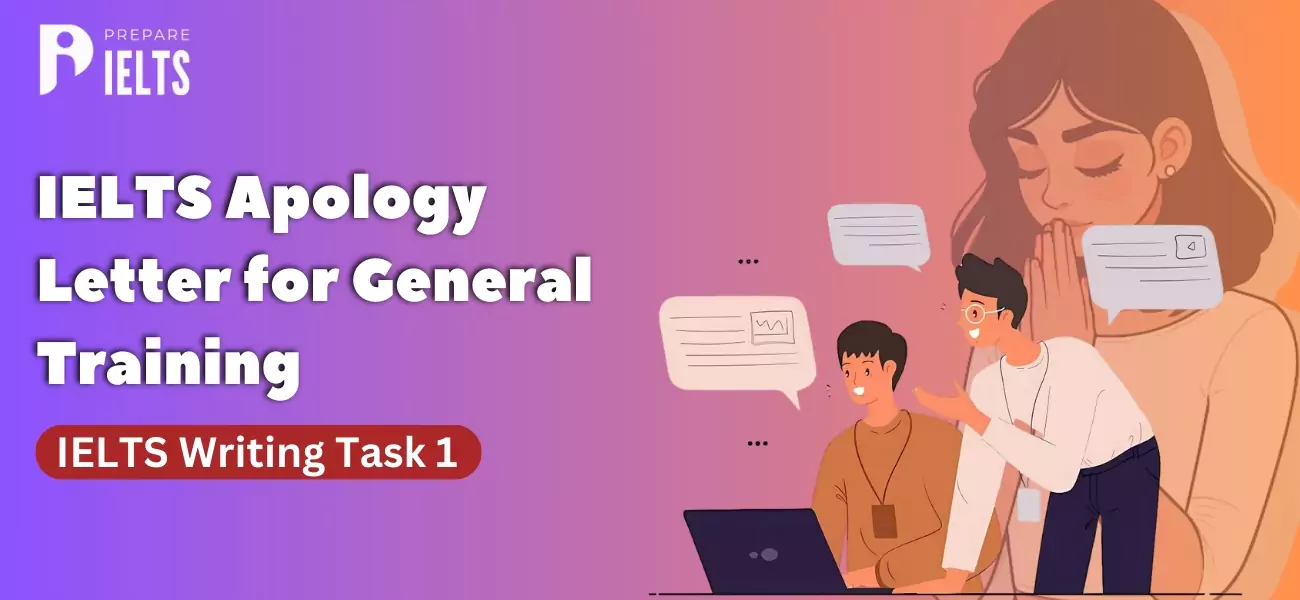
IELTS Apology Letter for General Training: IELTS Writing Task 1
2024-09-25 16:38:03
-

Minimum IELTS Score for Australia: Student Visas, Universities, and PR in Australia
2024-09-23 18:09:51
-
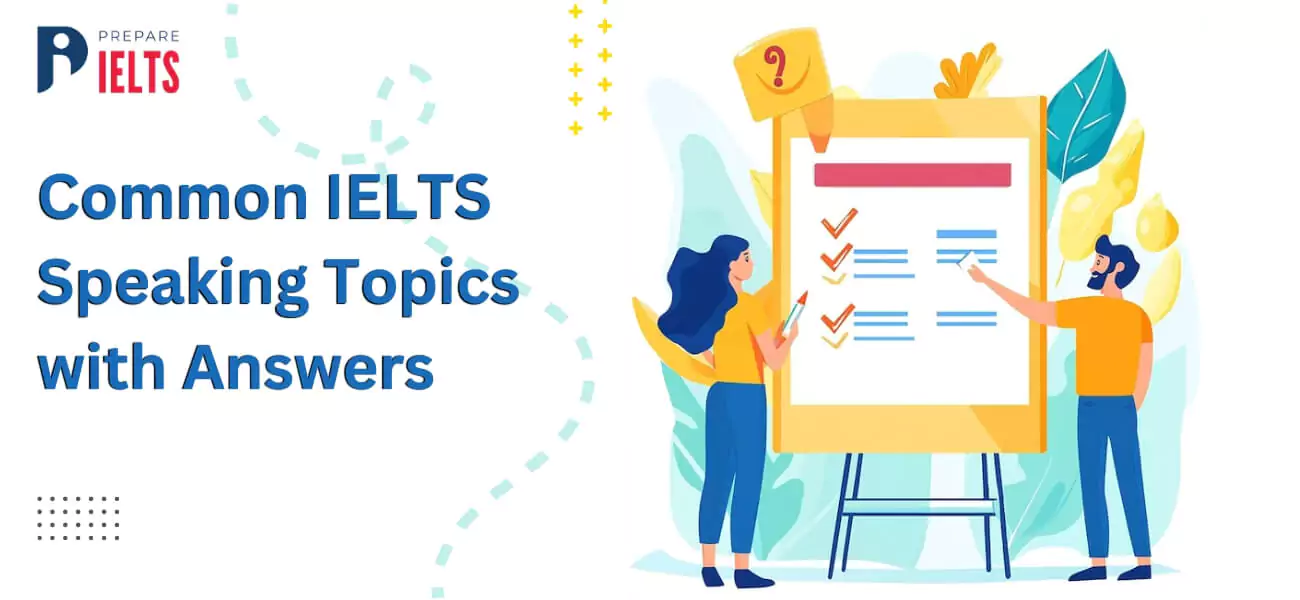
Common IELTS Speaking Topics with Answers
2024-09-20 18:21:56
-
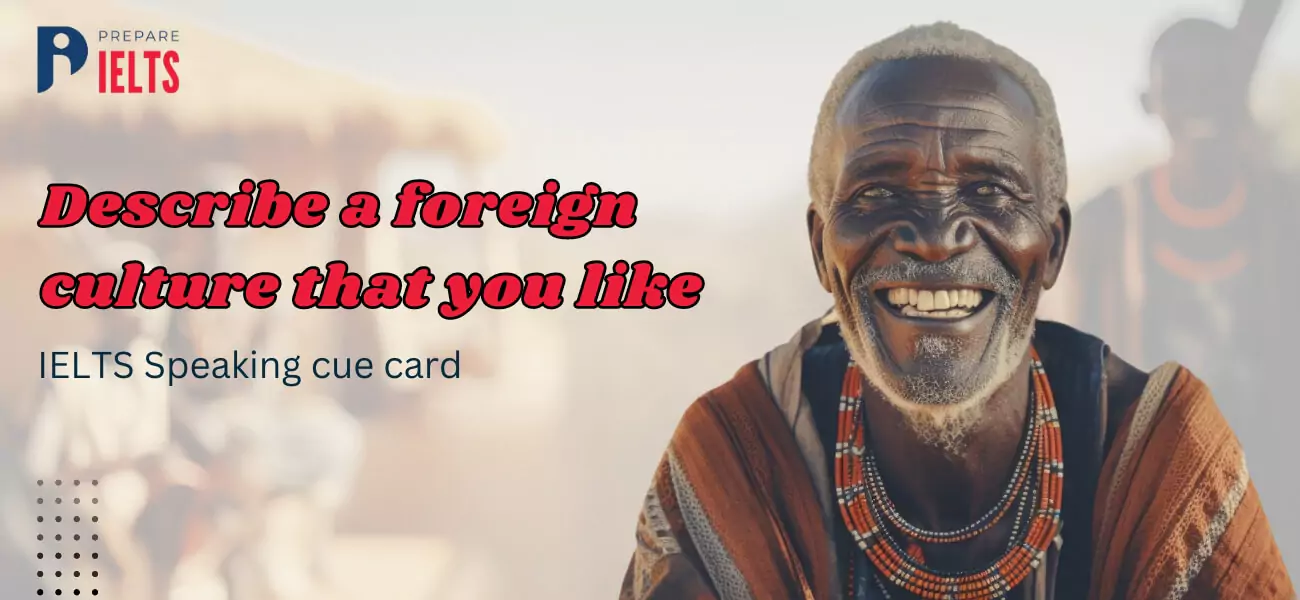
Describe a foreign culture that you like: IELTS speaking cue card
2024-09-18 16:14:11
-

Describe a Rainy Day IELTS Speaking cue card
2024-09-18 11:11:32
-
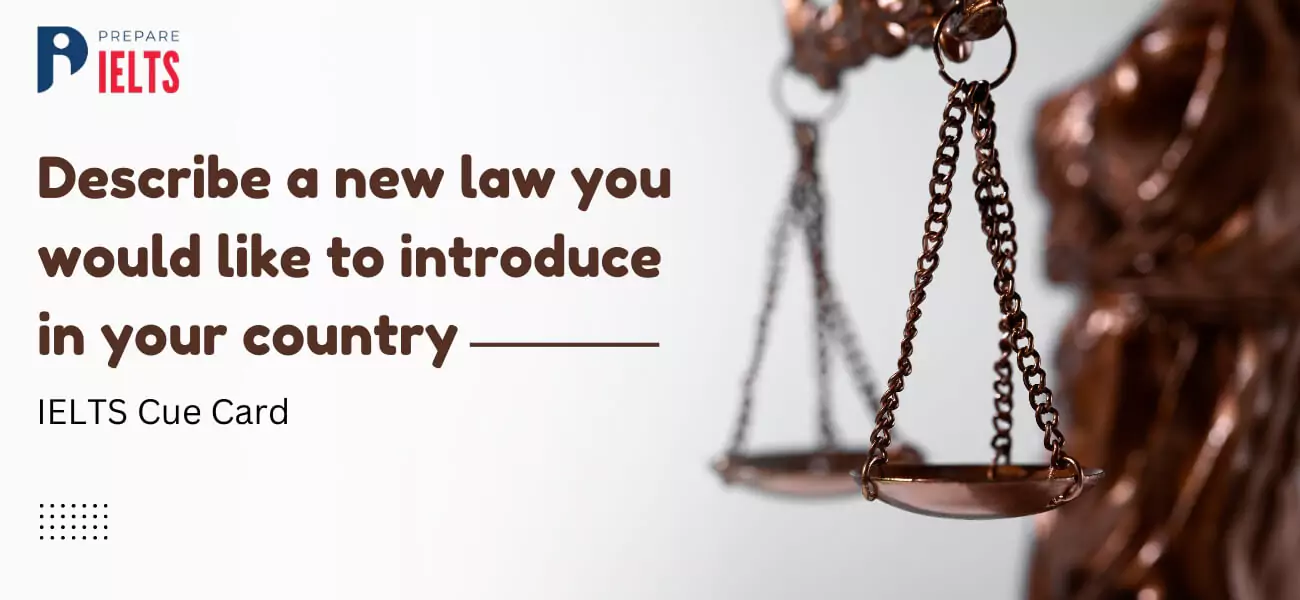
Describe a new law you would like to introduce in your country IELTS cue card
2024-09-13 17:17:46
-
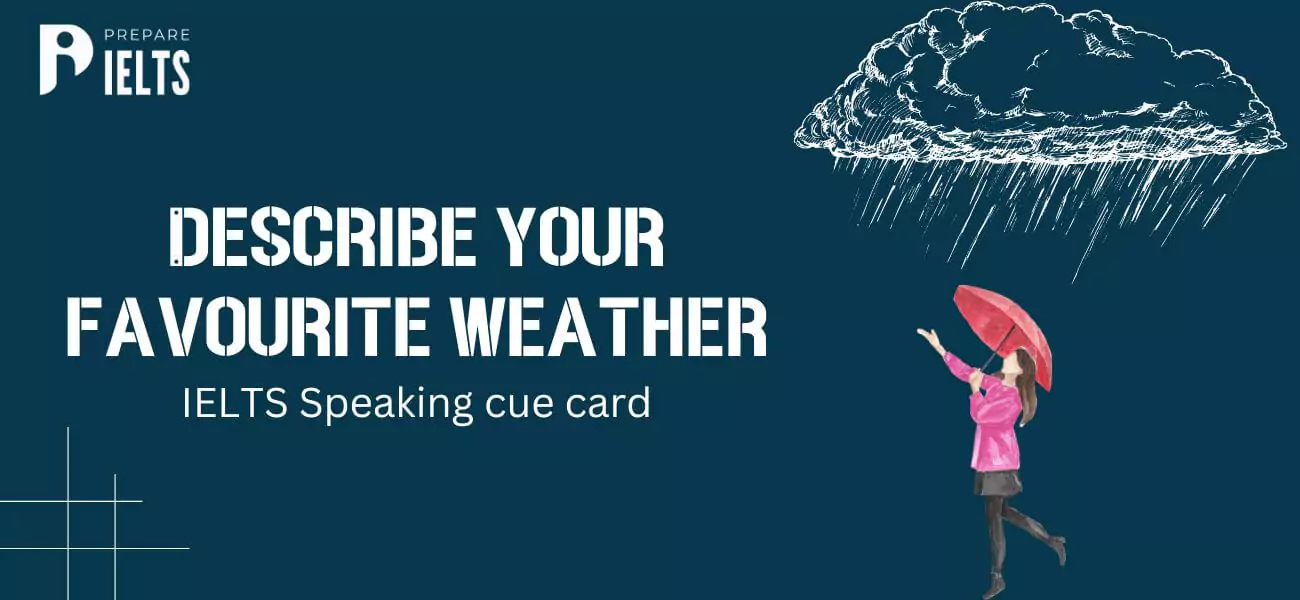
Describe your favourite weather: IELTS cue card
2024-09-11 18:01:28
-

Describe an enjoyable journey by public transport: IELTS cue card
2024-09-09 18:05:45
-
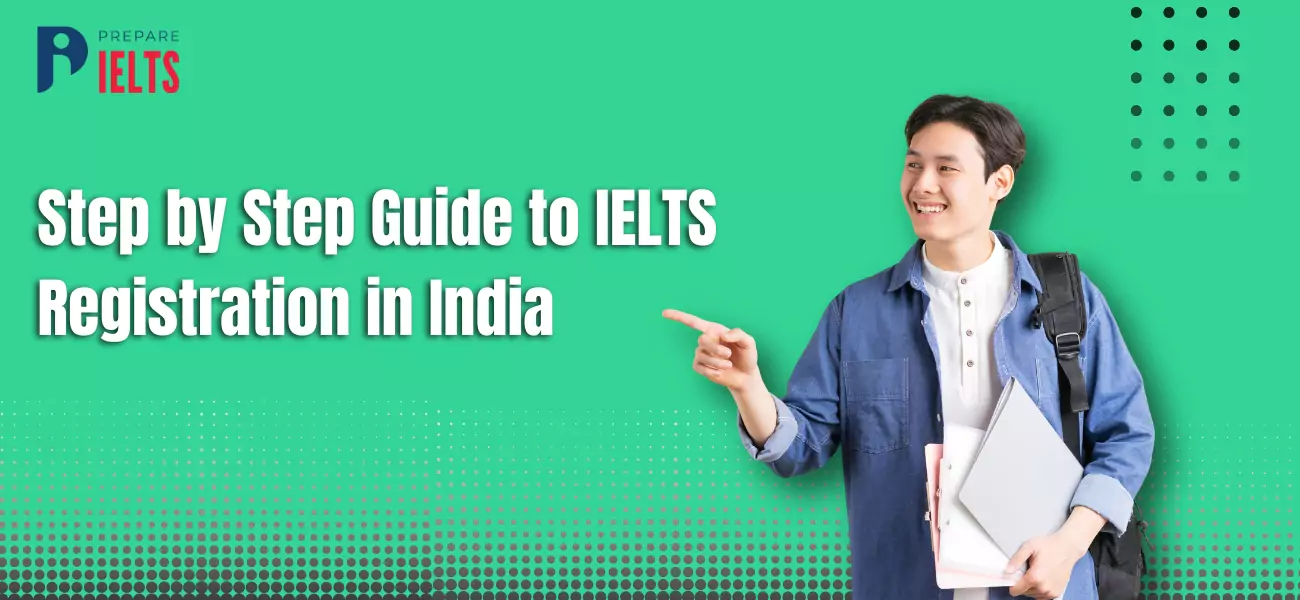
Step-by-Step Guide to IELTS Registration in India for the Year 2024 & 2025
2024-09-07 12:59:51
